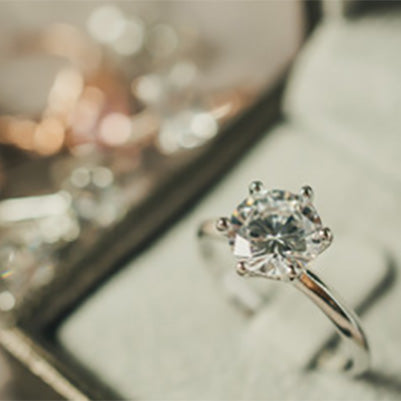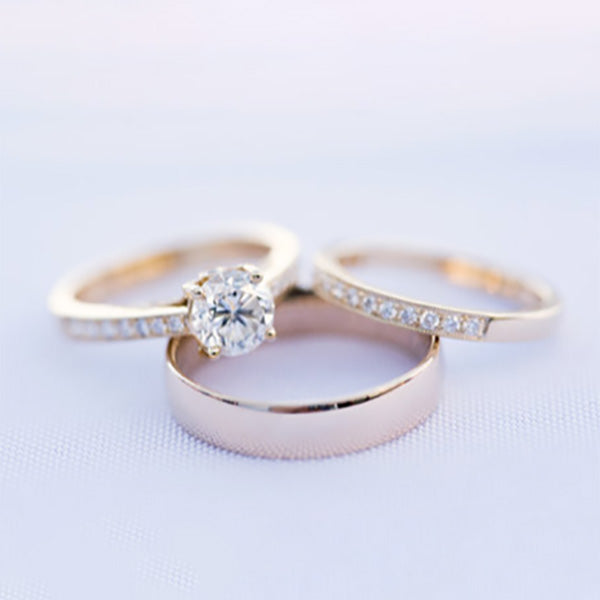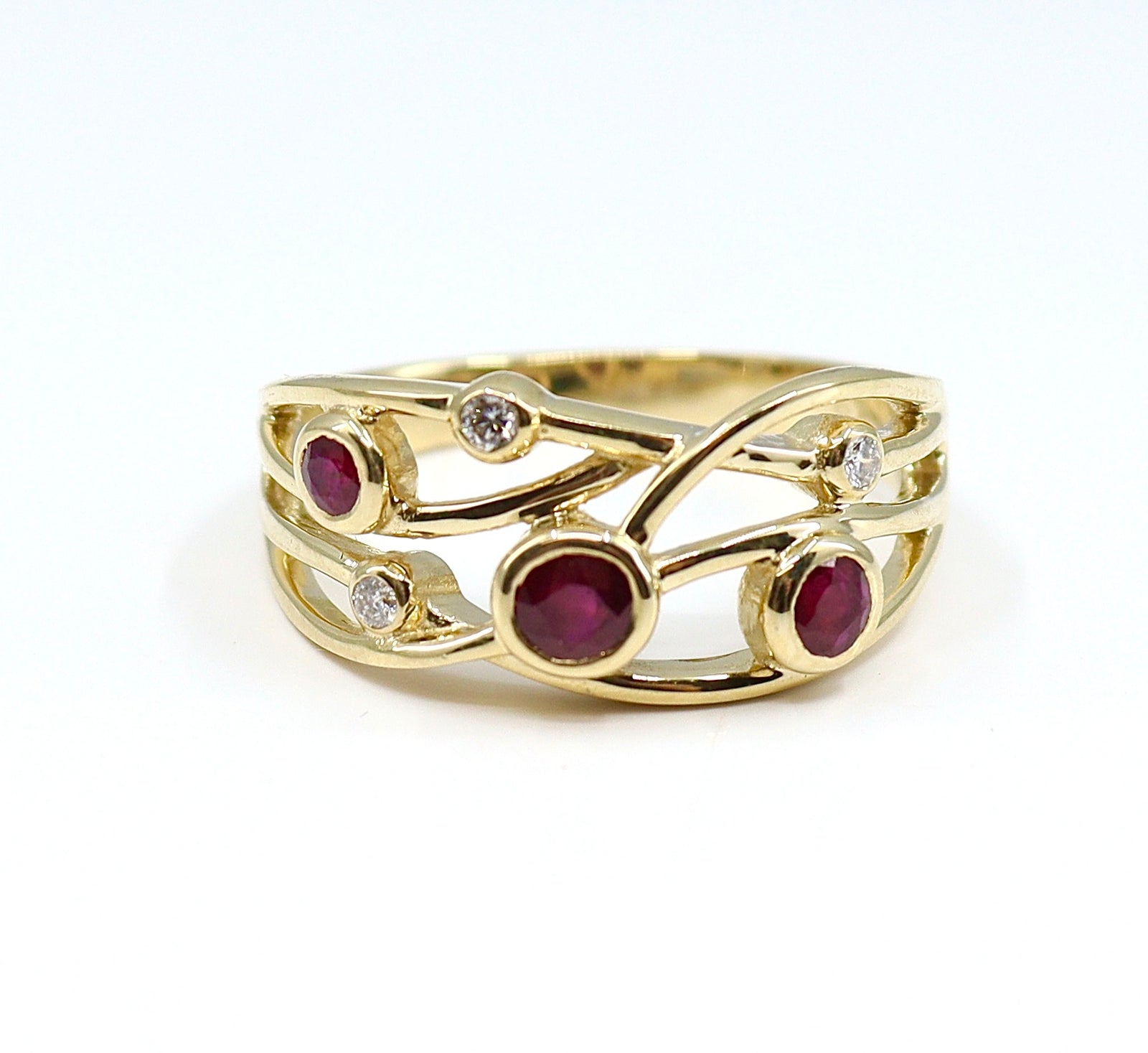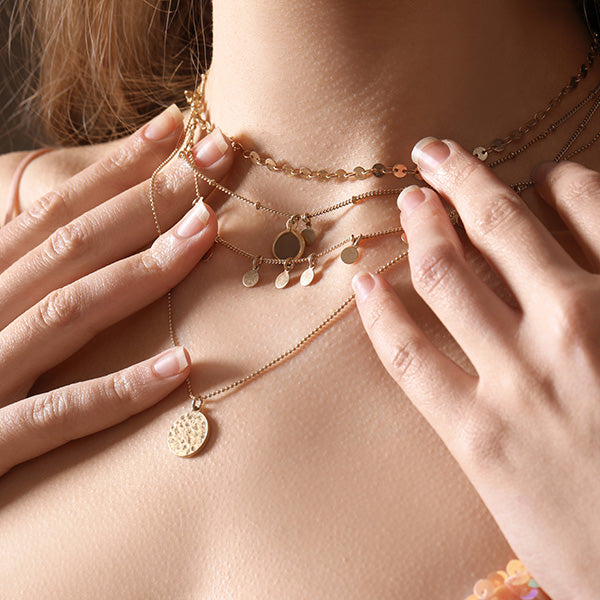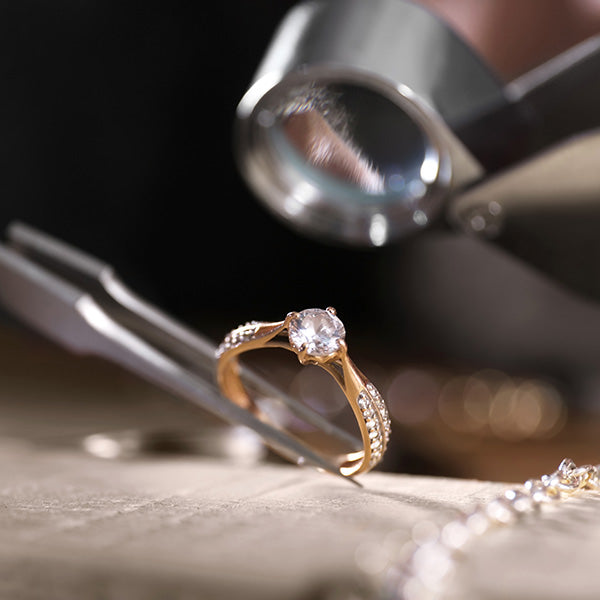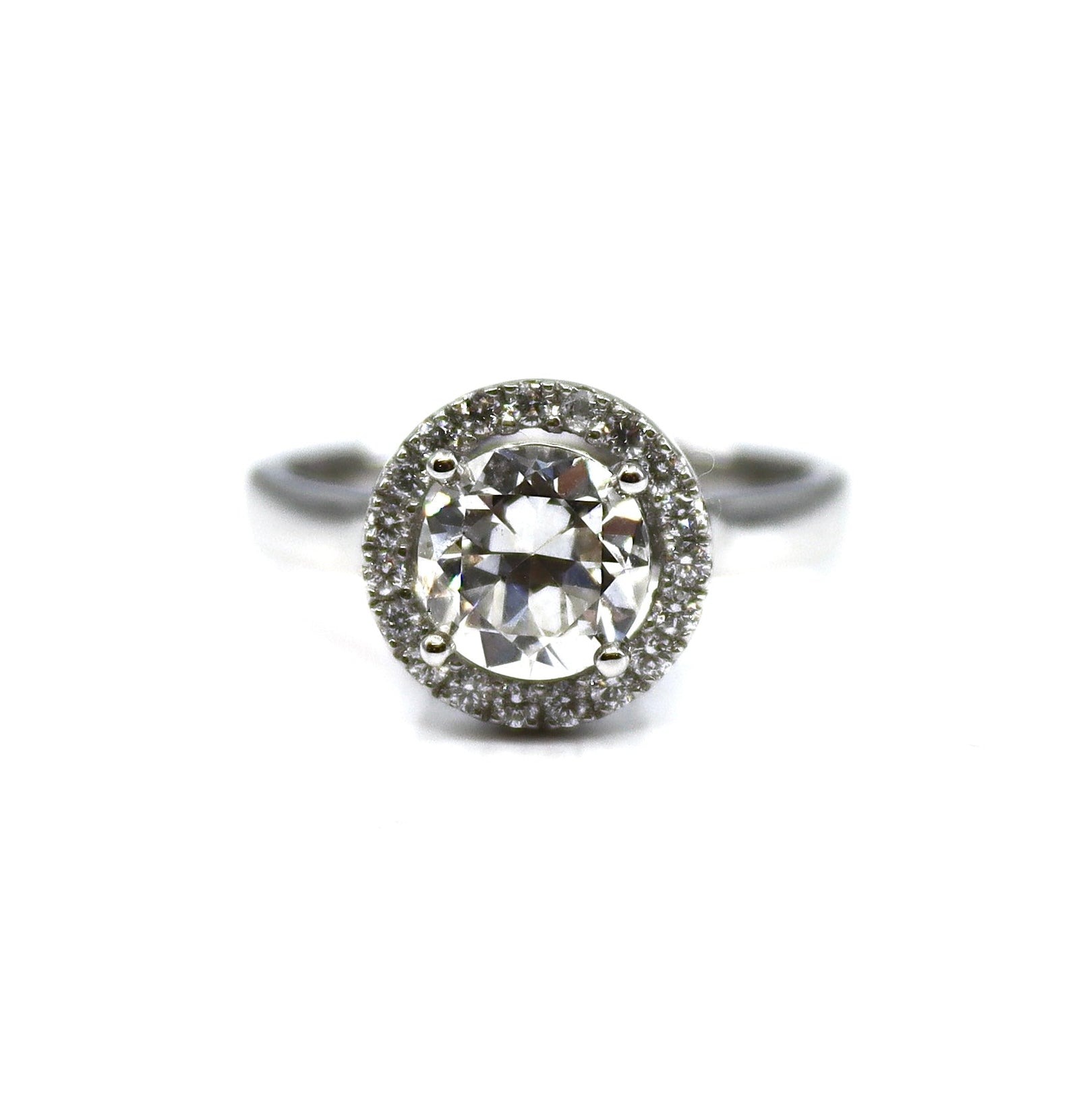Diamonds: Laboratory Grown vs Natural
Selecting the appropriate diamond for your jewellery can be a complex decision, involving considerations related to Cut, Colour, Clarity, Carat, and now, following advances in technology, whether to choose a Laboratory Grown or Natural diamond.
To clarify, Laboratory Grown Diamonds are indeed real diamonds; however, notable distinctions exist that may influence your selection.
· Natural diamonds are formed underground over millions of years and are extracted through mining.
· Laboratory Grown Diamonds are produced in controlled factory environments.
A persistent narrative suggests Laboratory Grown Diamonds are inherently more ethical and environmentally friendly, often due to their larger size at a lower price point and perceived greener credentials. However, this view is largely based on comparisons with historical natural diamond mining practices, which were often unethical due to poor regulation. The majority of modern mining operations now follow stringent legal and ethical standards. Therefore, the perception of Laboratory Grown Diamonds as universally more ethical requires reassessment.
Laboratory Grown Diamonds: Environmental and Ethical Considerations
Originally developed for industrial applications, Laboratory Grown Diamonds initially had a smaller environmental footprint. As demand for these stones increased, production scaled up, predominantly in factories powered by fossil fuels. The process requires machines that reach temperatures equating to 20% of the sun’s surface. Consequently, the carbon emissions involved mean these diamonds can no longer be collectively categorised as ‘green’. The jewellery industry has a responsibility to revise outdated narratives accordingly.
Efforts continue within the industry to improve both mining conditions and minimise environmental impacts related to natural diamond extraction. Leading companies comply with regulations designed to protect both workers and the environment. While Natural Diamonds may offer a lower carat-to-cost ratio, they represent an investment not only in a precious stone formed over millions of years but also in supporting responsible mining communities.
There is increasing concern regarding the misrepresentation of Laboratory Grown Diamonds as natural. Advanced testing facilities are essential in differentiating between the two, as they are chemically identical and indistinguishable to the naked eye. Accurate identification protects consumers and maintains market integrity.
We recognise the diversity of customer priorities and are committed to facilitating informed decisions on Laboratory Grown versus Natural Diamonds. We appreciate the opportunity to engage directly with clients, offering both options and comprehensive guidance to ensure satisfaction. Whether motivations are ethical, financial, or personal, every choice is valid and respected.
Definition and Classification
Traditionally, the term‘diamond’ refers to gemstones formed naturally, leading to debate about the proper terminology for synthetic varieties. Some prefer‘lab-created diamond,’ while others advocate for ‘synthetic diamond’ to align with nomenclature used for other man-made gemstones (e.g., synthetic sapphires). Unlike simulants such as cubic zirconia or moissanite, synthetic diamonds are chemically identical to natural ones, though created in weeks or months rather than millennia. They typically exhibit high clarity due to controlled growth conditions and can also be colour-treated.
Identification Methods
Laboratory diamonds are created via two main techniques:
· HPHT (High Pressure, High Temperature): A diamond seed is exposed to extreme conditions akin to those found deep within the earth. This rapid process produces discernible internal characteristics under magnification.
· CVD (Chemical Vapour Deposition): Carbon-containing gases are used to deposit diamond layers, forming flat plates over several weeks. Further treatment may be required to produce colourless stones.
Distinguishing between laboratory-grown and naturally occurring diamonds generally requires sophisticated equipment. New technologies, such as the M-Screen+ and advanced GIA instruments, enable efficient screening of large volumes and are integral to quality assurance in the trade.
Each diamond received at Shaw Jewellers is tested to determine whether it is natural or lab grown.
Choosing Between Natural and Synthetic Stones
Shaw jewellers practice is to offer both natural and synthetic diamonds while providing full transparency regarding each option. Conversations with clients address sourcing, ethical concerns, and the respective market values of each type. While we may express a preference for natural diamonds based on current ethical standards, our approach is inclusive, open-minded, and adaptable to client needs. We offer access to a comprehensive selection of both natural and lab-created diamonds. Please contact us to discuss designing your ideal piece of jewellery.

